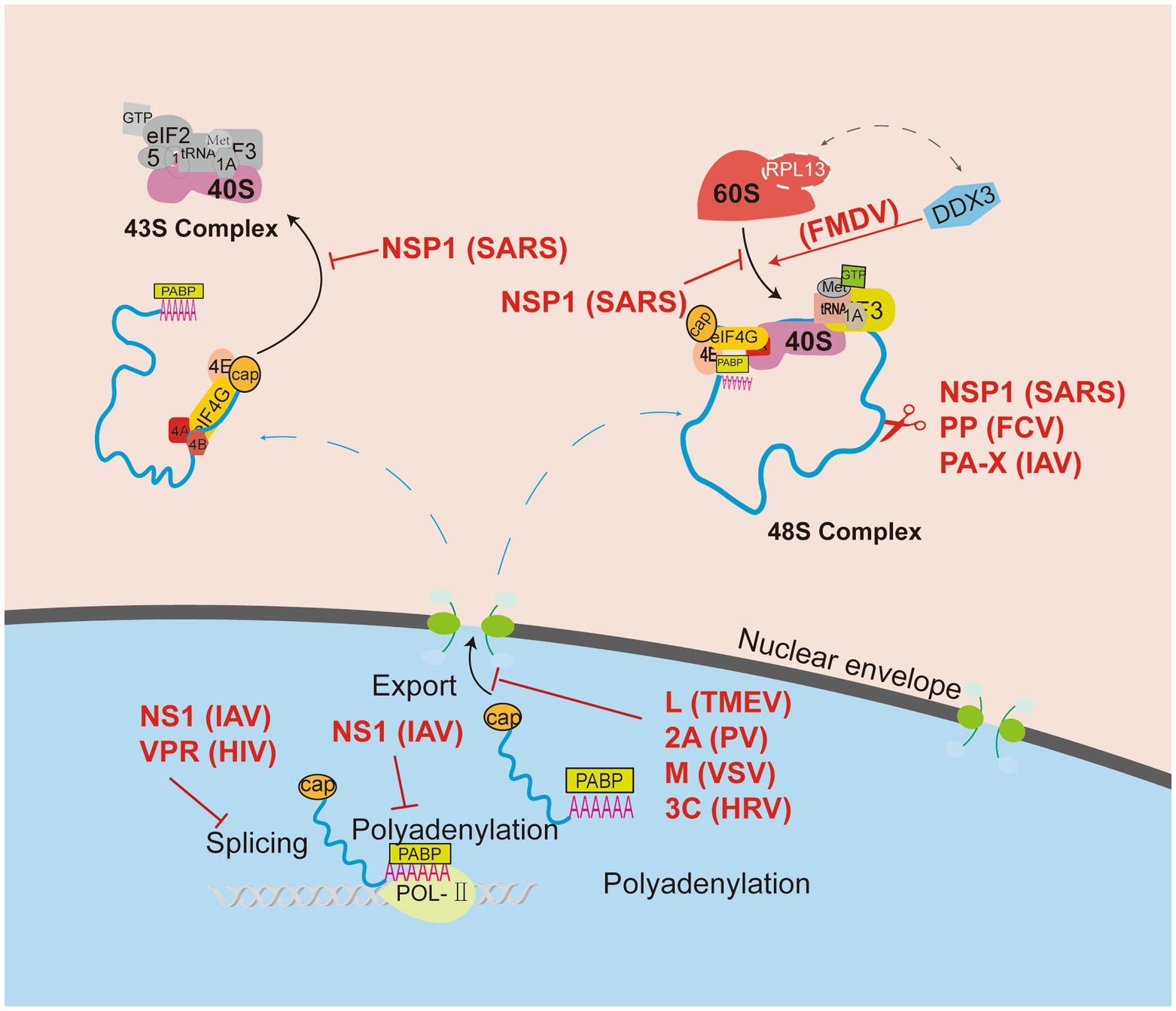Protein Synthesis and Ribosome Structure Biology Diagrams Protein synthesis is accomplished by orderly interactions between mRNA and the other ribonucleic acids (transfer RNA [tRNA] and ribosomal RNA [rRNA]), the ribosome, and more than 100 enzymes. The mRNA formed in the nucleus during transcription is transported across the nuclear membrane into the cytoplasm to the ribosomes—carrying with it the

Ribosomal RNA (rRNA) - subunits of ribosomes. Transfer RNA (tRNA) - carries amino acids to the ribosomes. Central Dogma - DNA codes for RNA, which codes for protein. Transcription (DNA --> RNA) Base pair rule ( Guanine to Cytosine; Adenine to Uracil) One side of the DNA is the template. RNA polymerase builds a strand of RNA based on the

Ribosomes, Transcription, Translation Biology Diagrams
Ribosomes are biological machines that consist of RNA and proteins. Ribosomes are responsible for protein synthesis, translating genetic information into functional proteins. They consist of two subunits made of ribosomal RNA (rRNA) and proteins. Ribosomes occur in both prokaryotic and eukaryotic cells, differing slightly in size and composition. Composed of ribosomal RNA (rRNA) and proteins, these structures are found in both prokaryotic and eukaryotic cells, with some differences in size and composition. In eukaryotes, ribosomes can be found either floating freely in the cytoplasm or attached to the endoplasmic reticulum, forming the rough ER.

The binding of protein S15 to the central domain of 16S ribosomal RNA is found to induce and stabilize a structural reorganization of the rRNA necessary for binding of subsequent r-proteins. Ribosomal RNA is a molecule in cells that forms part of the protein-synthesizing organelle known as a ribosome and that is exported to the cytoplasm to help translate the information in messenger Protein synthesis Ribosomes are key components of protein synthesis in cells. (more) ribosomal RNA. genetics. Ask the Chatbot a Question More
:max_bytes(150000):strip_icc()/protein_synthesis-6c2ebf130fd141f3944ff88dbe4481c8.jpg)
Ribosomes Function, Structure, and Facts Biology Diagrams
Ribosomal RNA (rRNA) is a key component of the cellular machinery responsible for protein synthesis, playing a role in translating genetic information into proteins. Its importance lies in its structural presence within ribosomes and its active participation in various phases of translation. Ribosomal ribonucleic acid (rRNA) is the RNA component of ribosomes, the molecular machines that catalyze protein synthesis. Ribosomal RNA constitute over sixty percent of the ribosome by weight and are crucial for all its functions - from binding to mRNA and recruiting tRNA to catalyzing the formation of a peptide bond between two amino acids. Ribosomal RNA and Protein Synthesis. Ribosomal RNA (rRNA) is a key component in protein synthesis, acting as both a structural and functional part of ribosomes. These ribosomes are the sites where the translation of genetic information into proteins occurs. rRNA actively participates in the catalytic processes that drive protein synthesis. The
